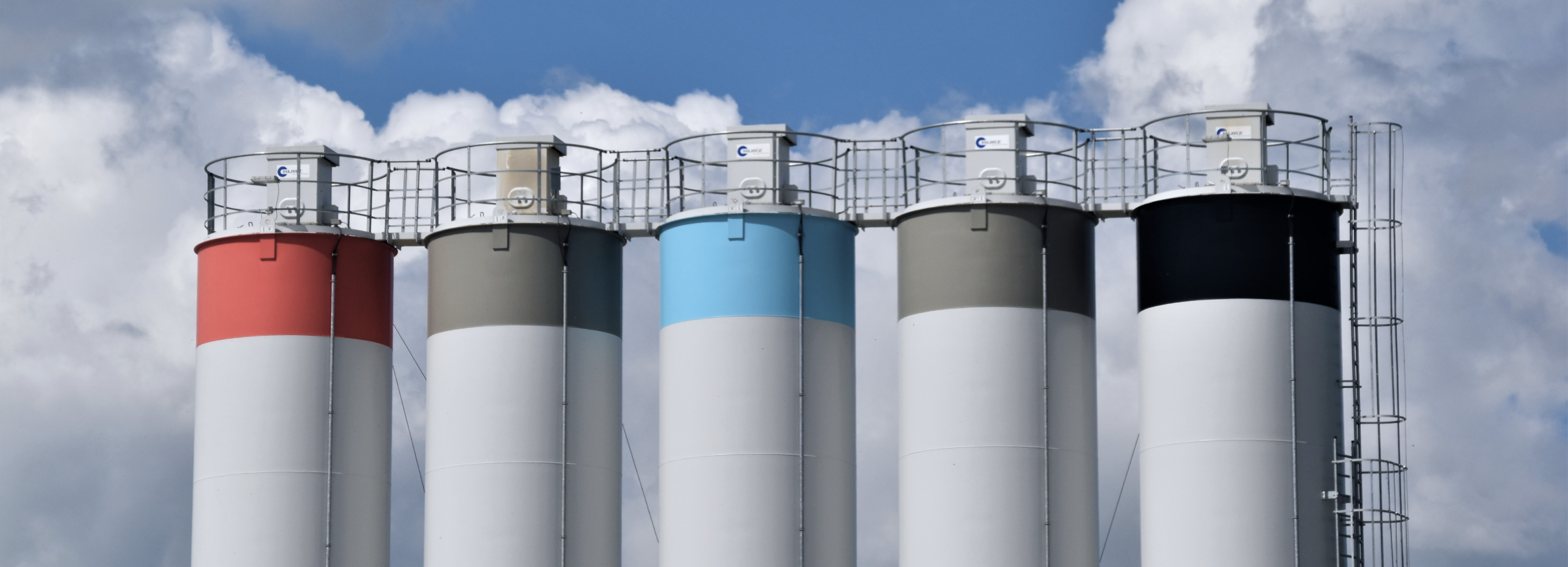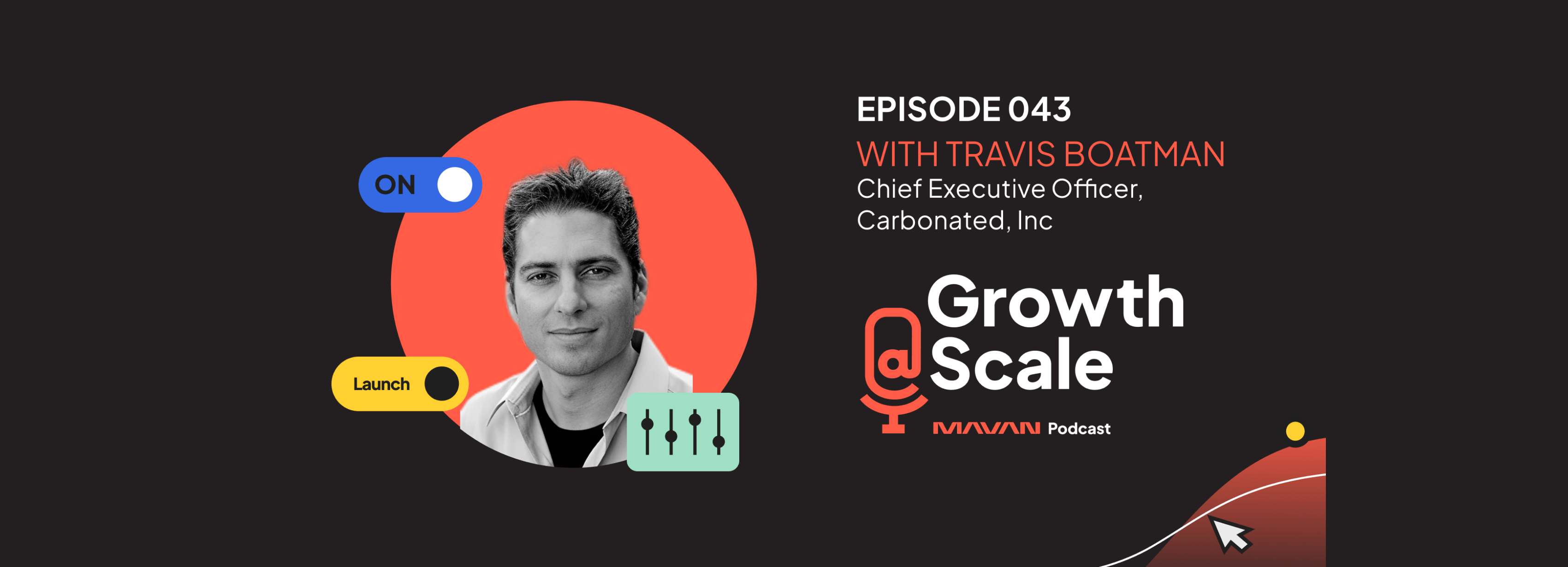The Untold LTV:CAC Story
Growth and product leaders aim to hit the holy grail metric that is lifetime value (LTV) to customer acquisition cost (CAC) of 3.0+ because this is the standard for a healthy business according to investors and venture capitalists (VC). While you are right that the LTV:CAC ratio is a strong indicator of business health, this focus overlooks a key point the ratio offers: your ability to compete with other products. To build a scalable product, you must have a healthy business with a growing LTV to afford higher and a constantly rising CAC.
The moment will come that your initial acquisition campaign saturates as you scrape the most qualified users across entry points. This can and will happen quickly. While at Digit (a popular mobile fintech app), we learned that at a certain CAC we could safely and effectively scale spend to a certain threshold, but anything beyond that would yield significantly higher CACs. We were dominating a niche audience we had thought was much broader and quickly began to realize that our bids and CAC needed to be much higher to reach the next level of scale.
Here’s where I find many growth teams fall into the trap of solely focusing on external factors negatively impacting their CACs. At Digit, we initially spent too much time prioritizing new users and lowering our CAC instead of improving the core product to achieve sustainable and scalable growth.

Stop Obsessing About Your LTV:CAC Ratio and Simplify to Core Components
If this is the beginning of your journey to understand and improve your LTV:CAC ratio, here’s some primer material that will jumpstart your knowledge and help you understand the rest of this post:
- https://visible.vc/blog/customer-acquisition-cost-lifetime-value/
- https://medium.com/ro-co/dtc-metrics-explained-29ff99ff5657
- https://www.klipfolio.com/resources/kpi-examples/saas/customer-lifetime-value-to-customer-acquisition-cost
Each part of the ratio is equally important but requires a different approach. Now that you understand why any good team leverages a LTV:CAC ratio, let me explain why you can’t always lean on this metric as the north star.
Instead of concerning ourselves only on CAC and macro environmental factors out of our control, at Digit we focused on building sustainable and scalable growth, which meant increasing LTV and worrying less about CAC.
Every company will face rapid deterioration of their unit economics with pressure from both revenue and cost as you scale growth. Many teams grow into the fallacy that CAC is easier to improve with new creatives and channels. This is not always the case. While finding new creatives and channels seem easy, they are not. They are often more difficult and time consuming than focusing on developing and improving your current products monetization model.
Creatives are a long term play where you may go months on end without finding a single winning creative. The company can end up burning months of ad spend and resourcing without a single winner which will then soon become obsolete. The same goes for new channels. Growth teams need to have a rigorous experimentation schedule that hypothesizes and churns through new channels to find new areas of inventory that have no guarantee in scalability and user quality. It’s not that a strong creative engine and channel experimentation roadmap is not important, but more so that there can be other higher impact levers to pull first.
Once you’ve tested new creatives, channels, and other efforts to improve your CAC like brand awareness and conversion funnel optimization—but still find yourself capped on the ability to scale or meaningfully reduce CAC, it’s time to move on as it could imply you’ve picked all the lower hanging fruit already.

Building Sustainable CAC? Bring Product & Growth Together
So how can we improve the monetization of a product? Well, growth and product teams need to be joined at the hip at all times. Bringing these two together provides full transparency of a user’s journey from acquisition to monetization to ensure there is a tight conversion funnel which will maximize LTVs.
Growth teams need to have full transparency and ownership of the conversion funnel instead of a handoff after acquisition. Product needs to be constantly developing and iterating on features to drive LTV higher. Every single person on the team needs to understand where traffic is coming from, both organic and paid, and what the user journey and interactions are down to the most important monetization events. This should be a collaborative effort where each team brings new ideas to the table to help drive feature utilization and monetization higher. The end goal is to yield a maximum LTV beyond your current target of an LTV:CAC ratio of 3 or higher.
At Digit, we bridged the two teams by developing a process called Demand Testing. Demand Testing would take both teams joint hypotheses on new features through a rigorous experimentation framework. We advertised new features that didn’t yet exist and measured top of funnel performance paired with qualitative research to understand if there is a product market fit and extrapolated downstream cost metrics utilizing the initial top of funnel data. This led to the development of new features that helped increase the overall LTV of our core audience.

Why Increasing Your LTV Will Build a Sustainable CAC
Having high LTV products will help you sustain volatile and rising CACs.
We are now living in an unprecedented time with privacy changes from Apple and Google that have large impactful macro factors to everyone’s growth strategy. Just because your marketing is efficient now does not mean it will be in 30 or 90 days from now. Aim to have a high LTV product that provides you more runway and flexibility to weather these storms while maintaining growth.
Building high LTV products will also help you successfully manage through these volatile times where CAC’s will fluctuate. The ability to win auctions with stronger bids will have you outpacing your competition as more advertisers compete. This is particularly important as more competitors are relying on tools that automate bidding and budgeting across broad targeting campaigns, which helps level the playing field across beginner and experienced media buyers.
It’s important that you focus on the things you have full control over to create a high LTV business. To do this, build strong cross-functional teams that communicate with each other to further improve the LTV through process and experiment driven workflows that tie top of funnel acquisition with lower funnel conversion and monetization. Whether you build new products to expand your audience or tighten your funnels to avoid a leaky bucket—prioritize continuously experimenting with onboarding and monetization mechanics to ensure you’re optimizing your LTV.



